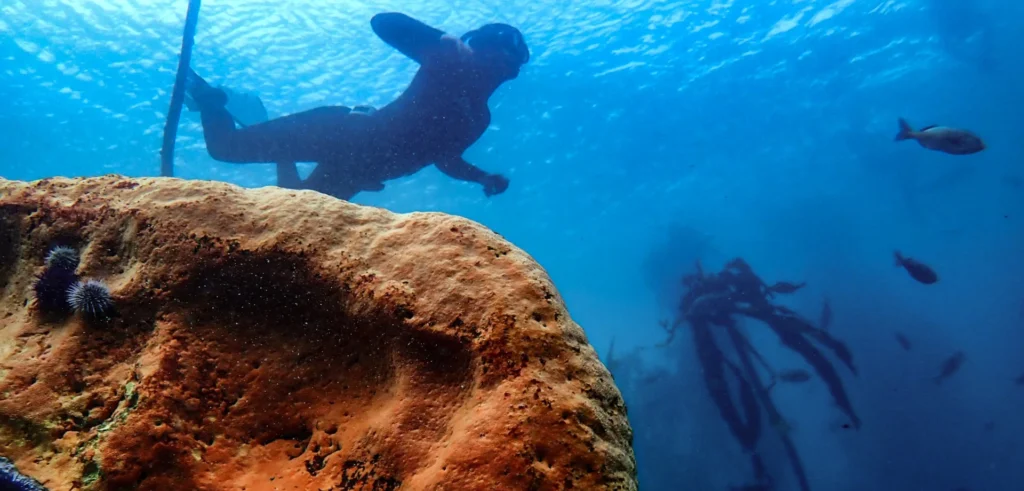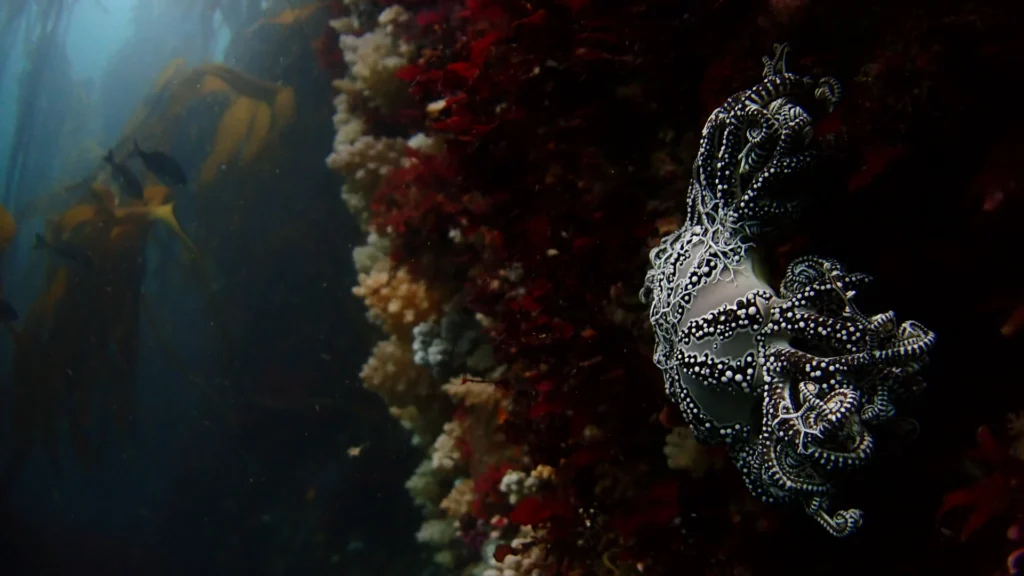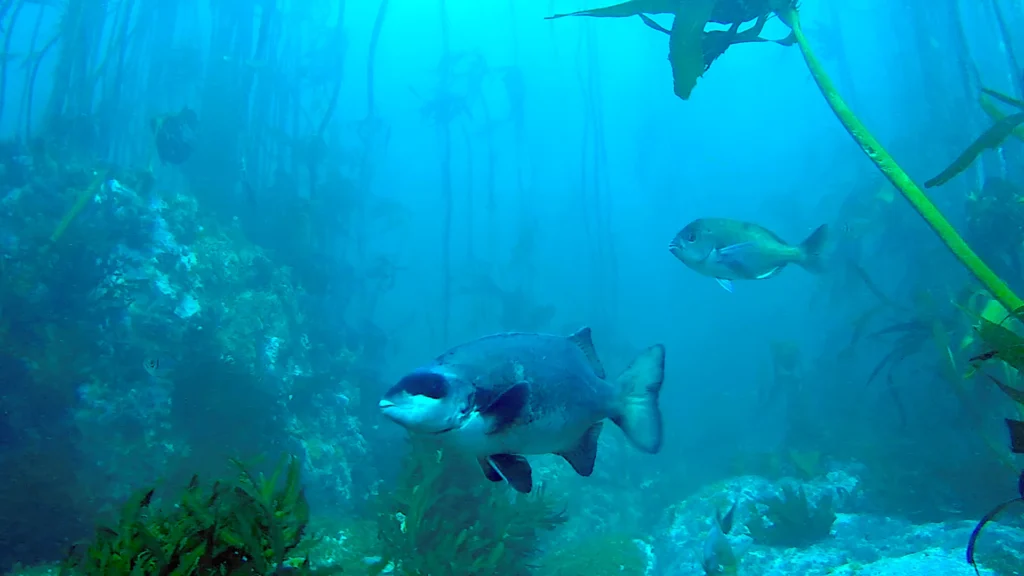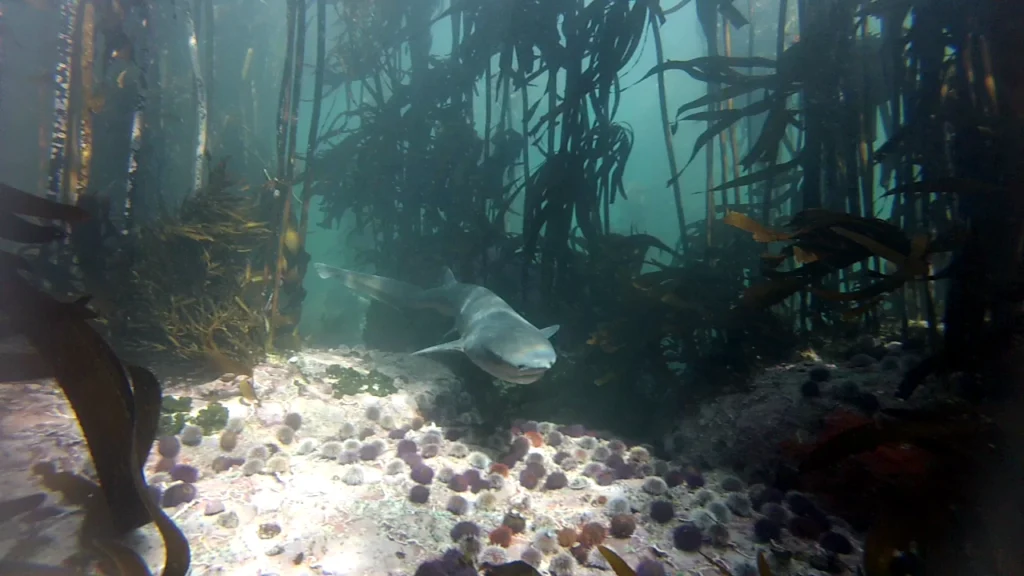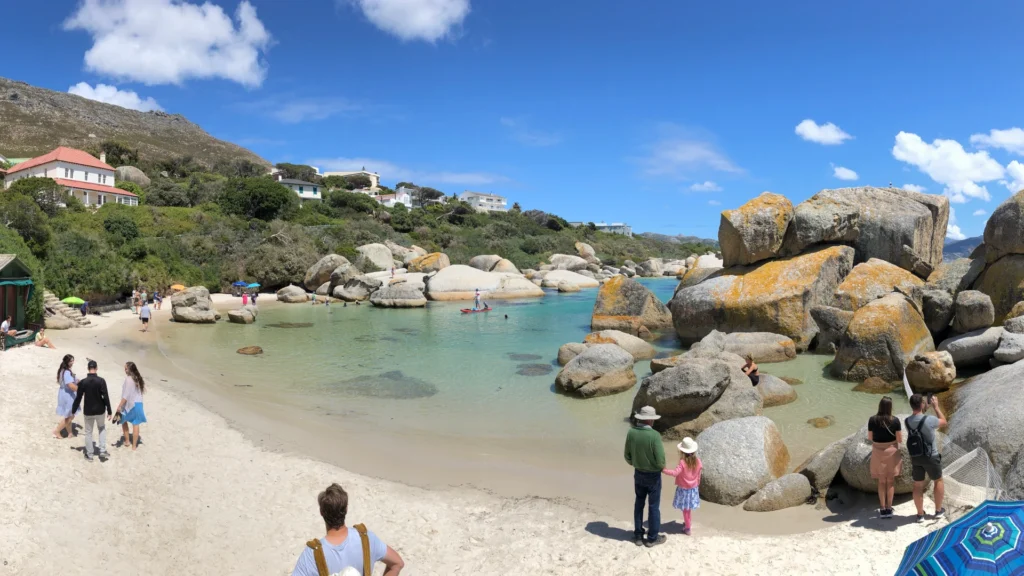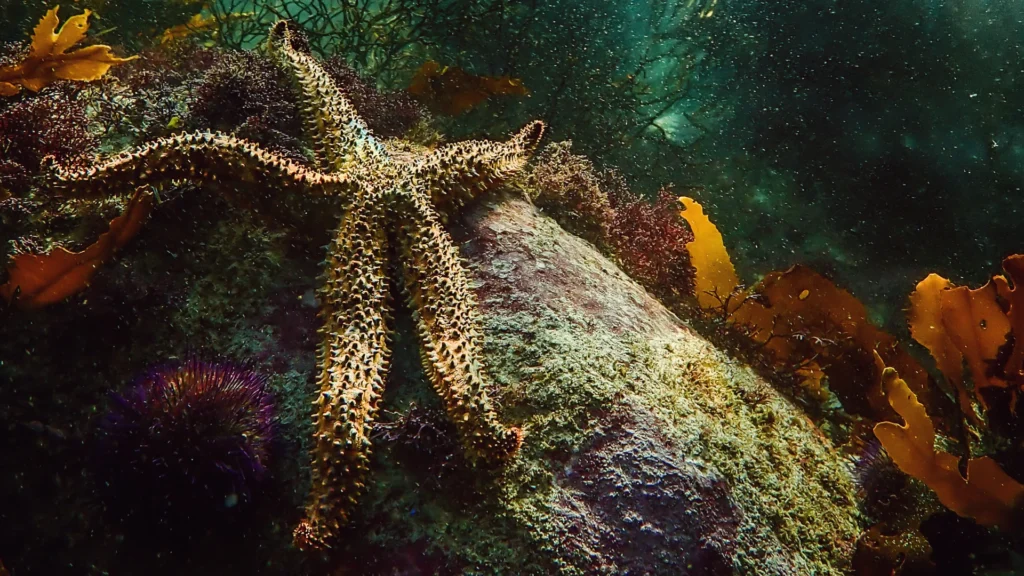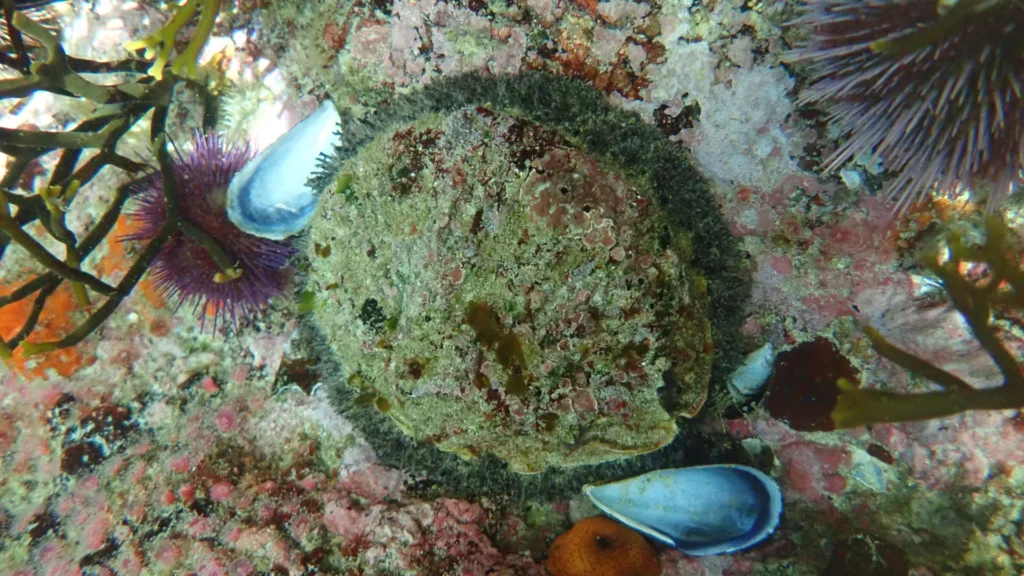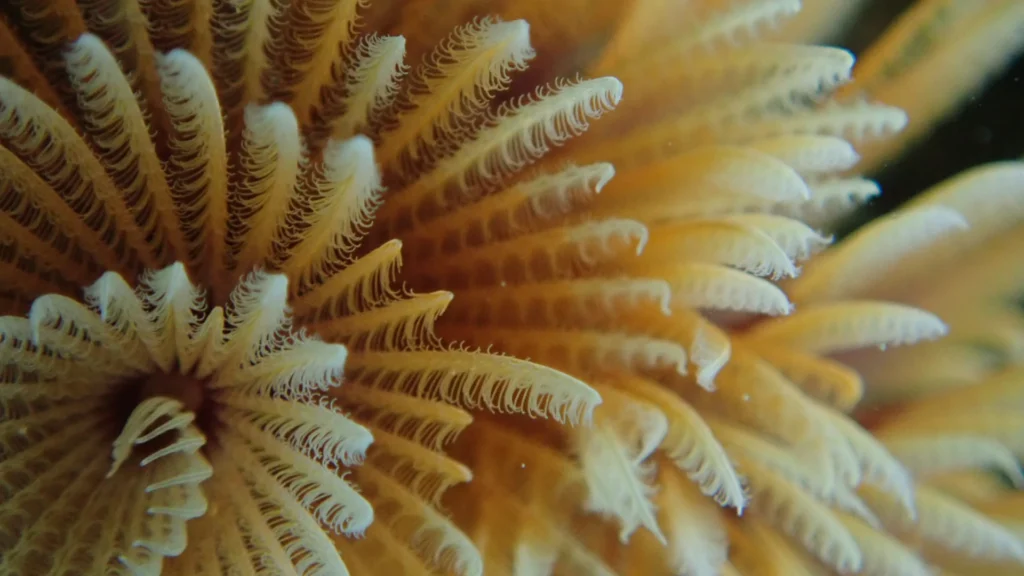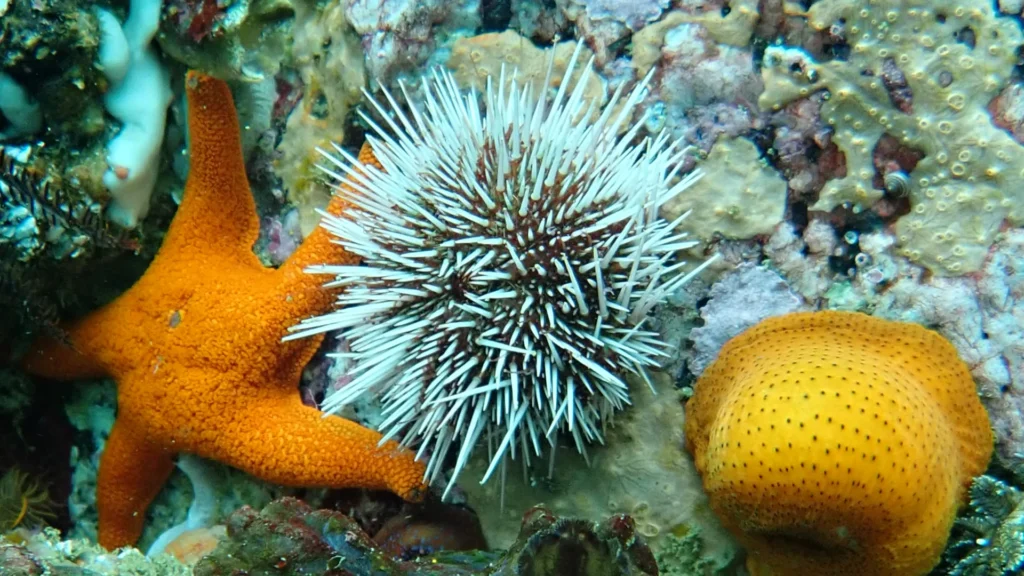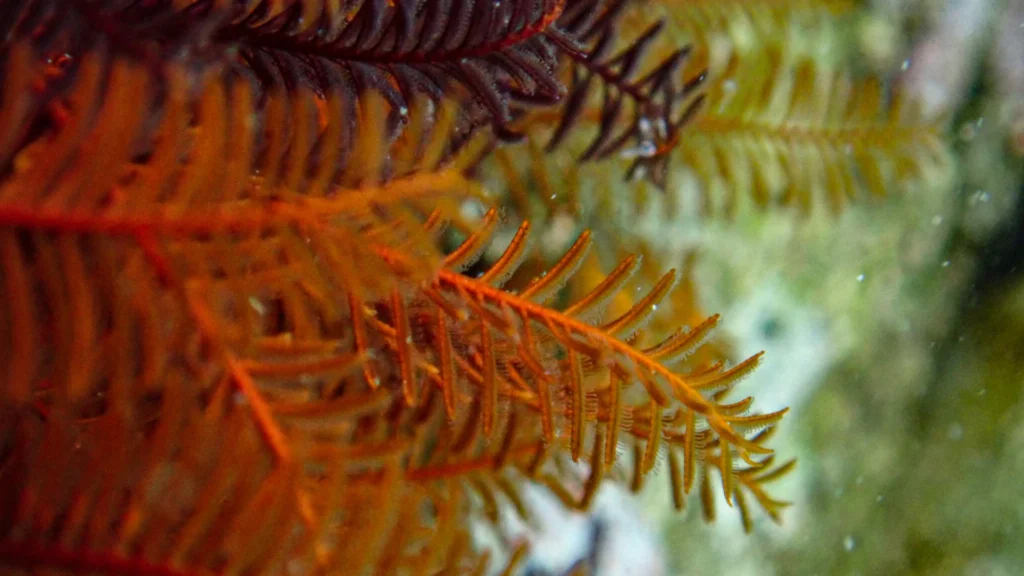Sea Sponge
Sea sponges are a curious group of organisms that have long since raised questions regarding their classification as either plants or animals. Originally thought to be plants due to their sessile nature, sponges have subsequently been reclassified as animals due to their lack of plant vascular systems or ability to create their own food through […]

